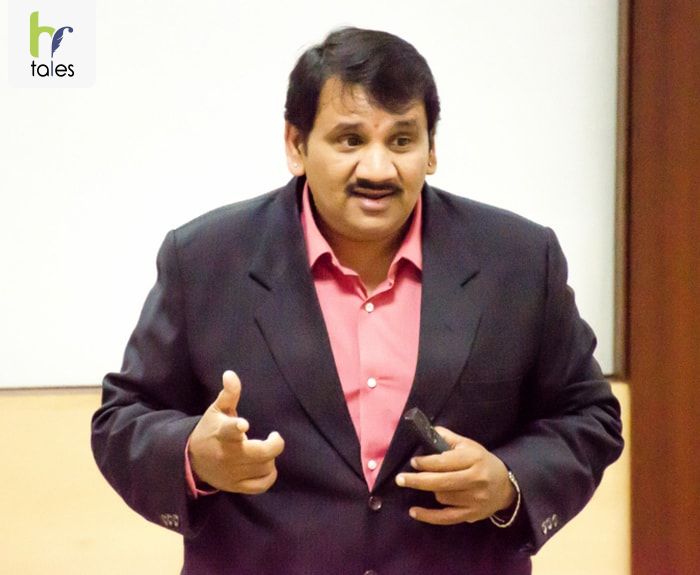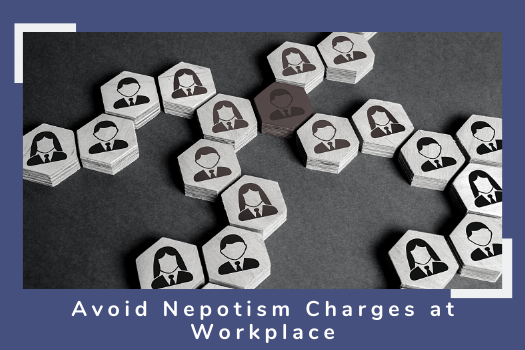Focus on 'Creating Happy People' than 'Keeping People Happy'.
Dr. Shankar Anappindi is a HR Practitioner with 18 years of experience in BFSI, Realty/ Infrastructure, IT /ITES & Domestic BPO industry. Currently, he is the Vice President – HR & L&D of Inditrade Capital Limited, a 25 year young & BSE listed investment advisory organization. Earlier he was associated with the Ramky Group, Karvy Group and Saras India Systems Pvt. Ltd. He was conferred with the recognition of “Top HR Leaders” in the country by World HRD Congress in 2015, 2016 and “Telangana’s Top HR Leaders” in November 2017.
Dr. Anappindi has a wide range of experience in shaping & managing the Human Resources, Organization Development and Learning & Development culture in start-ups as well as established set-ups. He is a distinguished leader and guide for a gamut of HR functions spanning from Talent Acquisition, Performance and Management, Learning and Development to Employee Communication, Employee Relations and Benefits.
Dr. Anappindi is also a Professional Story Teller and periodically pens his thoughts and perspectives on the aspects of “Life & Management”. In an exclusive discussion with Sanjeev Himachali, Dr. Shankar Anappindi discusses the latest happenings in the Talent Management, the excerpts…
Q. In the changing market dynamics companies’ goals are also frequently being changed or re- aligned to new levels. How much problem does it create for HR department in keeping the employees abreast with these fast changing goals or targets of an organisation?
Rather than the problem, it has more to do with the challenges that are attached to it as any organization’s goals are - survival, making profits, gaining market share or gaining recognition. In attaining these goals in our kind of business, the HR interventions are focused towards building client base, revenue retention and healthy client’s portfolio/balance sheet.
Q. What is the trend relating Talent Acquisition in India? What difference do you see in Indian companies as compared to off shore companies in this regard?
India continues to drive on the culture of “marriage of convenience” wherein organizations still look at service and instructional abilities as against focusing on hiring people for their performance independence, data inferential intelligence and nature of constructive rebellionism.
Q. How much supportive are other departments in addressing such issues?
This is an interesting ground to rake up. The answer rests with the leader’s outlook on operational transparency and their abilities in understanding the value proposition of the business. While the former still seems to be based on individual’s comfort, the later seems to be a humongous task of enabling their alignment with what the business wants from them.
Q. How does the HR department of a company create value addition in terms of business growth, though it does not contribute to revenue generation directly?
As long as productivity is measured as a multiplier of the CTC, HR distances itself by a mile in getting quoted as revenue generator. In contrast, HR in true spirit lives the soul of wealth creation by attracting the talent. Of course, the degree of adding value rests in the quality of talent engaged and the identity that it receives from the stakeholder’s fraternity.
Q. What do you think about the talent acquisition and nurturing process followed by companies in India?
The difference is deep rooted to the culture of the organization. While there seems to be a definite focus on “Novelty & Being Unconventional” in approach in hiring the talent, as a country we still have a long way to go as we still focus on “keeping people happy”. Instead, the efforts should be towards “creating happy people” where the individual’s tacit experiences in dealing with the situations are valued over the explicits of the process that revolve around it.
Q. How can companies develop capability to ‘innovate’ both in the business process and in its workforce?
It is the outcome of investments that an organization makes in enabling the people and resources together to accomplish work. This defines the character of the organization and the stability of which, over a period of time becomes difficult for the competitors to emulate. The onus rests with the HR and its alliance with the management in establishing a notion that – “I am at liberty to lead or get led” and the management’s acceptance to this practical limitation of a human being.
Q. With the changing business conditions managements are becoming more dynamic, and managers are expected to take greater responsibilities. How do you see the changing scenario as a major challenge for current managers?
Human being is the most complex creation of the nature. Hence, it is better to explore ways to un-complicate things as against the tendency of seeing the beauty in making things more complex – in the name of “strategy”. The managers need not make effort towards creating eye popping or jaw dropping systems/processes, rather explore their energies on “Can we Keep It Simpler and Shorter – KISS”.
Dr. Shankar Anappindi can be contacted at (give his LinkedIn, Email Details)
*This interview was originally published on www.sanjeevhimachali.org. [Date: 5th February 2018]






